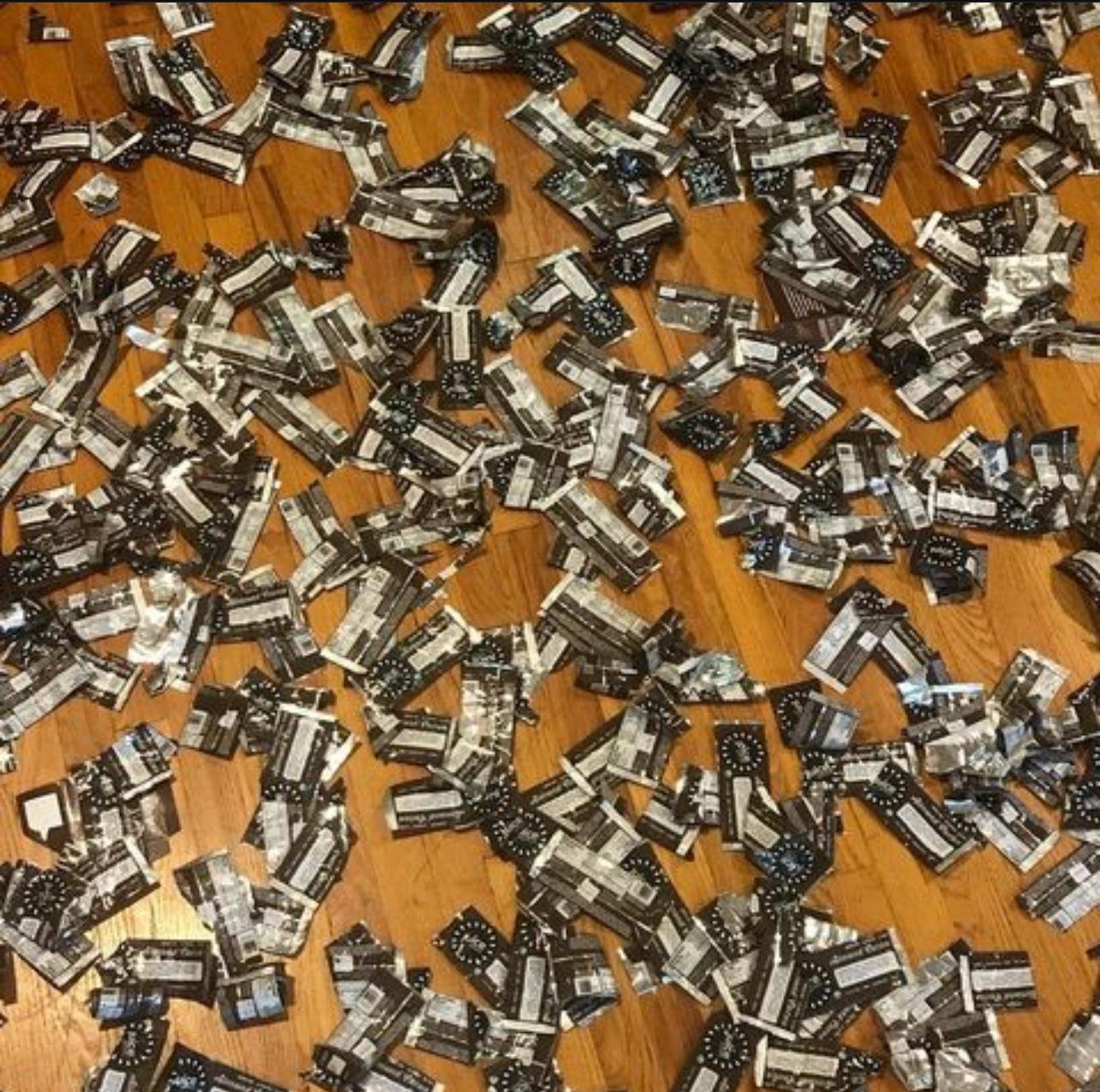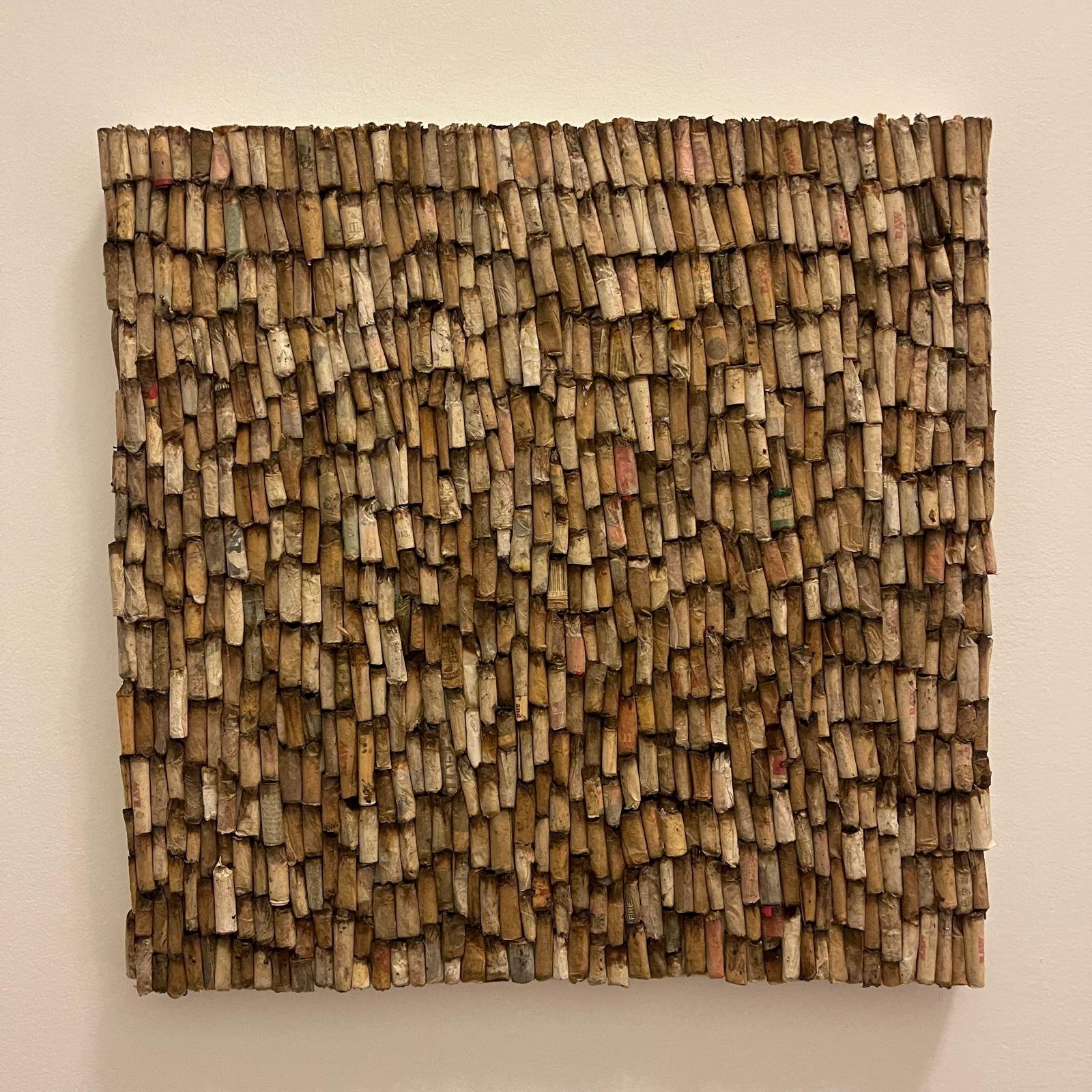Accumulation Art: Trash to Treasure
While I was incredibly aware of my impact on the environment, seeing the sheer volume of trash still gave me a new perspective and brand new awareness of the gravity of our waste problem. The story of a woman fitting five years' worth of waste into a tiny mason jar served as a wake-up call, prompting me to reassess my own consumption habits.
In confronting this reality, I couldn't help but scrutinize my own tendencies towards accumulation. As someone prone to obsession, I found myself accumulating items, particularly those I deemed essential. Take, for instance, my penchant for raw vegan protein bars, each wrapped in disposable packaging. Despite my dedication to these bars, I couldn't ignore the environmental cost of consuming them, both in terms of packaging waste and production resources. I haven’t used them to make anything , except the video below. But i will.
Similarly, my past as a habitual cannabis user left me with a surplus of joint roaches and discarded lighters. Rather than discard them, I began envisioning creative ways to repurpose these seemingly insignificant remnants. Thus, my accumulation art was born – a personal endeavor to transform waste into something meaningful or just something else.
In exploring this concept further, I stumbled upon the work of individuals like Dina Amin, who transform trash into awe-inspiring creations. Their innovative approach underscores the potential for change, reminding us that one person's trash can indeed be another's treasure. In and of itself, this awareness may be a noble result. She probably made countless others aware too, which is a great result. She could have pursued a conventional business reliant on plastic, but instead, she chose to promote sustainability, aiming to sell products that curb waste.
The same principle applies to other everyday items I've accumulated, such as fruit stickers, desiccants from seaweed packaging, and damaged iPhone cords. Each of these seemingly insignificant items serves as a reminder of our throwaway culture and the need for more sustainable alternatives. Here are a few below.
A taxi and a red car driving on grass below the sunny sky with concrete a pothole and the grass is in front
Ultimately, accumulation art offers a glimmer of hope amidst the environmental crisis we face. It's a tangible reminder of our capacity to reimagine our relationship with waste, to save and repurpose materials in ways that are both creative and sustainable. Perhaps, on a larger scale, this practice could serve as a blueprint for a more conscientious approach to consumption, one where waste is minimized and creativity flourishes.
As I continue to explore the possibilities of accumulation art, I'm reminded that even the smallest actions can make a difference. By reclaiming discarded materials and giving them new life, we not only reduce our environmental impact but also contribute to a more beautiful, resourceful, and most important sustainable world.






